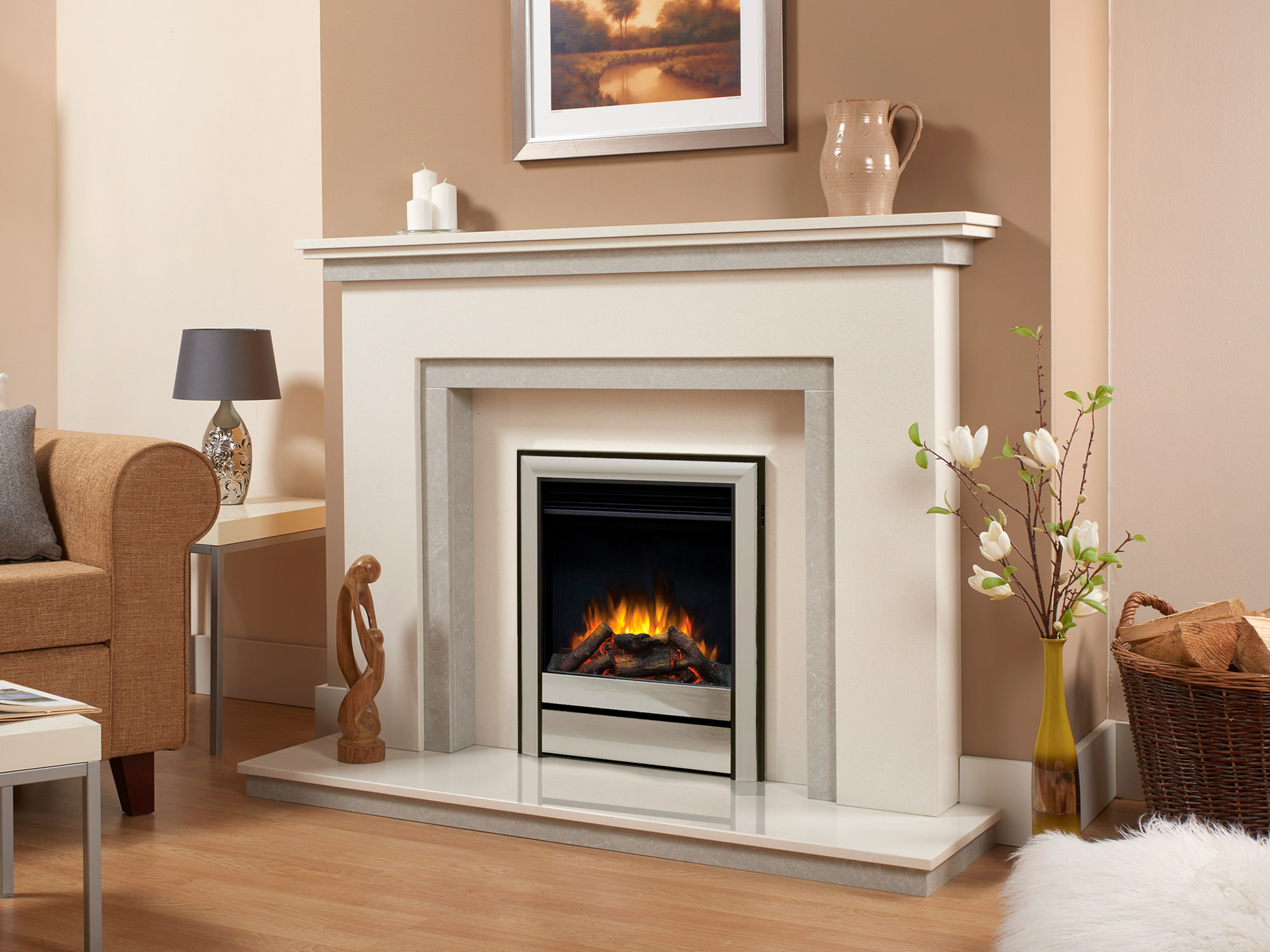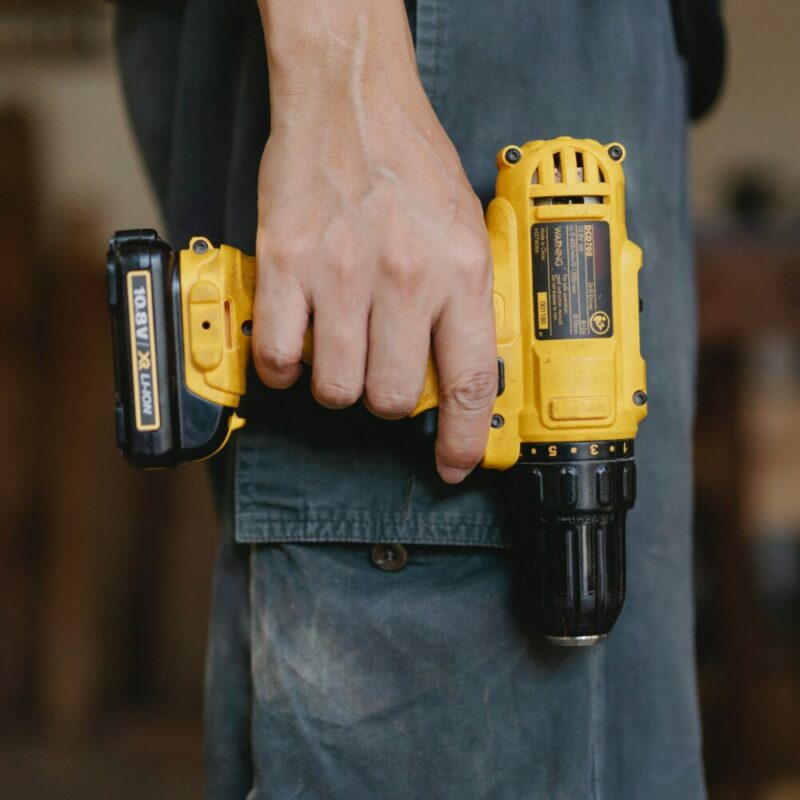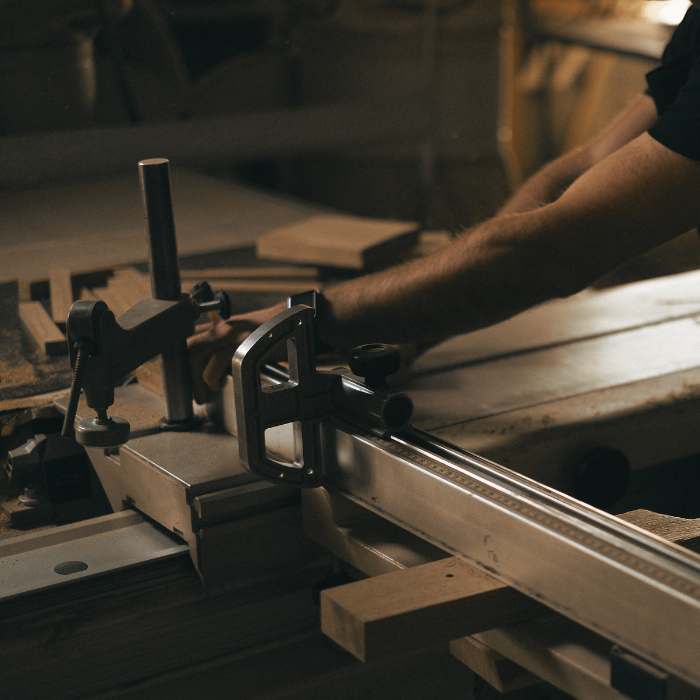Designer Fireplaces will give you a step by step guide of to build a Solar Kiln for Seasoning and Drying Logs.
There is little more wretched and disappointing than sitting in front of a pitifully poor fire that refuses to ignite properly. A fire, where the wood just smoulders, the logs turn black delivering little or no heat before eventually giving up completely and going out. Not only are you cold, burning wet wood is also gumming up and damaging your stove, flue, chimney, and creating a potential fire hazard through the accumulation of creosote deposits in the chimney.
We all know, or if you are new to the pleasures of an open fire or wood-burning stove, the frustration of finding that the delivery of logs you have just received is not as dry or seasoned as your local log merchant led you to believe. Your firewood supplier may have been completely honest in the trees were cut last year, or early spring, but was it split, stored off the ground, and in such a way the wind, and sun, could do their vital job in seasoning the logs properly, or was it left in the round, on the ground, in a pile as it fell out of the back of a truck in a sodden yard, before being sold.
Alternatively you may be very aware that the logs you’ve purchased are green reflected in the very competitive price paid. You could have harvested the logs yourself as windfall or woodland thinnings. Either way the problem remains the same, do you resort to flicking on the fossil fuelled central heating, buying coal while you wait for the logs to season, or continue trying to burn wet logs hopelessly attempting to boil off the excess moisture with good wood. The latter as a strategy is doomed to fail miserably literally leaving you sitting in the cold watching your log pile, and money disappear up the chimney as water vapour, smoke and tars (for more information on the science of fire click here).
Still, the fire stubbornly refuses to reach the temperature of two hundred degrees Celsius. The temperature required to breakdown the cellulose within the log, releasing and igniting the precious heat giving volatile wood gasses contained within it. See fig 1 below showing the dramatic effect moisture content has on heat output for hardwood and softwood logs.
Fig 1: Energy Output (KWh) by Moisture Content (%) Hardwood and Softwood (M3)
It can not be stressed enough that burning wet unseasoned green wood is all at the same time liable to damage your wallet, stove, chimney, the environment. Leaving you well and truly in the cold and deny you, your family and friends the aesthetic and satisfying emotional pleasure of sitting in front of a roaring and warming log fire. What do you do, do you split, stack, and squirrel away the offending wet logs until next year when they will hopefully be dry enough to burn or adopt an alternative strategy by harnessing the power of the sun and nature to accelerate the seasoning process by building a simple, and effective solar kiln.
In spite of its seemingly high tech name, guaranteed to send any self respecting technophobe running for the hills, a solar kiln for drying firewood logs can range from a very modest affair still capable of sure-fire results drying green logs in thirty days, or so, to more elaborate constructions with automatically controlled electric fans, humidity meters, and sensors etc able to dry timber to a standard acceptable for high-end furniture production. In its most rudimentary form and in the best Blue Peter tradition a solar kiln can be fashioned from a cardboard box, a pot of glue, a roll of silver foil, and a metal rack smaller than the cardboard box.
First, simply line the interior of the cardboard box with the silver foil carefully gluing the foil in place, leaving no gaps, overlapping the foil is fine. Make sure you line the opening flaps of the box with the foil shinny side up. Place the now silver foil lined box in a flat, sunny position, away from any moisture, such as wet grass or water. Carefully place the tray inside the box laying the selected firewood on the tray. Angle the flaps of the box to catch the sun’s rays and reflect them into the lined cavity of the box holding the flaps in place with a stick or tape and leave mother nature to do the work A single layer of firewood will dry quicker but an eight to twelve inch multi layer of fuel will dry in one sunny day.
Although, such a simple set up will be able to complete the task asked of it if camping, or you just need to dry off some kindling, or to keep the camp fire burning, it is advisable for domestic use to invest in something a bit more robust, exact, and capable of a greater handling capacity. One of the simplest, if not most efficient, solar log drying kiln is probably to drape a clear piece of plastic sheeting over a stacked pile of logs.
There must be an unobstructed air flow through the logs so it is advisable to stack the logs on a pallet allowing air to draw through the stack from the bottom to the top and stack the logs facing alternative directions to achieve this end. The kiln must also have ventilation holes at the top to promote the free movement of air from the bottom to the top of the stack. This will help remove the water vapour as the logs in the stack begin to dry releasing their water content. The plastic sheeting in such a crude solar kiln needs to stand away from the stacked logs to permit the condensation formed to run away from the logs rather than leach back into them and it will help promote a sufficient movement of air within and around the stack to optimise the drying process. Finally you need to ensure that the plastic sheeting is securely anchored to not only hold it in shape but to prevent it from blowing away in the wind or letting the rain in.
The latter can in part be achieved by using rocks or logs to anchor the bottom of the sheet to the ground. A useful tip is to wrap the rock or log in the bottom of the sheet and tie it parcel, or pouch style within the edge of the sheet. How you make sure the sheet maintains it shape is another far more complex issue I fear. It would seem far more sensible, far easier, and far more efficient in the medium and long term to construct a more permanent purpose built structure.
A more permanent structure will save you from having to constantly monitor, adapt and reconstruct what is in effect a series of temporary solar log kilns for each individual stack of logs only to find they have been holed, blown away, or managed to soak your logs at the first sign of a stiff breeze let alone contemplate the damage that might be caused by rain or snow.
While there are many different solar kiln designs available for drying wood the solar kiln outlined below has been designed with a careful eye on cost, efficiency, and ease of use. The dimension given for this solar kiln will house and dry approximately one cord of wood (4x4x8 =128 cubic foot or 3.6 cubic meters).
You can modify the size easily enough to meet your individual needs. By halving the dimensions will allow you to dry half a cord, 64 cubic feet or 1.8 cubic meters of logs. You could if you deem necessary build two solar log kilns or double the length but do bear in mind you should be able to dry one load of logs relatively quickly before removing them to your more conventional log store. By placing the dry logs in a permanent store will enable you to refill your solar log kiln in preparation to dry another cord. Do bear in mind, if you double the width and length of the kiln’s dimension you are in effect quadrupling the amount of wood you can dry, in addition if you double the height you are increasing the volume by a factor of eight.
Fig 2: Rudimentary Log Drying Solar Kiln
Before starting to build your solar log drying kiln you need to take into account that the shorter and angled side, the solar catcher, of the drying kiln if at all possible needs to face due south in the northern hemisphere, and face due north in the southern hemisphere.
The solar catcher should be orientated directly towards the sun, at the solar noon, capturing as much of the sun’s energy as possible. A flat horizontal surface located within 45 degrees north or south of the equator will on average be exposed to 1000 to 12000 British Thermal Units (BTU’s) of solar energy a day. Most of this energy is directly from the solar disc itself, but as the sun’s rays are diffused as they pass through the atmosphere, large amounts of energy can be harvested from other areas of the sky. As a result there is a thirty degree tolerance east, and west, in the positioning of the solar kiln, this will however, ultimately have a detrimental influence on the drying time, which will be increasingly more marked in the spring, and autumn.
The solar catcher, the angled face of the solar kiln should be set for best all year round performance at an angle (from the horizontal) equivalent to the latitude where it is positioned e.g. for my home in Warwickshire England the latitude is 52.547796 the angle for a solar kiln at my home would need to be 52.5 degrees from the horizontal.
In a perfect world the solar catcher would be adjustable to compensate for the tilt of the earths axis. In winter its angle would be latitude plus 10 degrees, steeper and latitude minus 10 degrees that is flatter in spring for the northern hemisphere and vice-versa for the southern hemisphere.
Fig 3: Setting Angle of Solar Catcher for Log Drying Solar Kin
To build a solar log kiln in its simplest form, capable of holding approximately one cord of logs, you will need the following materials. There is no reason why recycled timber and pallets can not be used in the construction of your solar kiln but do ensure that it is de-nailed to help protect the plastic sheeting. It is recommended that the plastic sheeting used is at least 4mm thick, more robust than 2 mm but less expensive than 6mm.
Think about using UV- inhibited polyethylene as this will extend the life of the cover helping to prevent the polyethylene from breaking down in the sun. Although there is no reason your solar kiln shouldn’t last for many seasons, you might want to think about, using plastic roofing, or polycarbonate sheeting, will extend the life of your kiln even further.
Using fig 2 and 3 as a guide build your solar log kiln bearing in mind that the shorter side in the northern hemisphere will be south facing and the taller side will face the north. Set the lower horizontals of the solar kiln frame at least six inches off the ground to enable adequate air flow throughout the kiln. Position a timber horizontally across the middle of the slanted roof of the solar catcher to assist with rain run off. Remember to leave an air vent at the top of the north (tall) side to enable air flow through convection.
The movement of warm air through the stacked logs within the solar kiln is the process, in conjunction with the raised internal temperature in the kiln, which provides the means of drying the logs. The movement of air in and out of the kiln and around the logs not only dries the logs but expels the evaporated moisture from the kiln by controlling the humidity.
Cut all the plastic faces at least two inches longer and wider than the actual measurements as this will allow the doubling up of the plastic reinforcing where you staple the plastic to the frame. Cut the south facing face, the slanted solar catcher and face as one piece. Staple the plastic every three to six inches. Start at the top, gently stretching the plastic and staple to the bottom of the frame, before stapling the sides. How you staple the back, the north facing wall depends if you intend to use the kiln as a storage space, if so, you need to be able to access the store logs frequently and easily. You have two choices either you can make a four foot by four foot door and fasten with hinges it to the upright batten of the north facing side using the horizontal of the air vent as the door lintel. You will need to place a diagonal brace across the frame of the door to strengthen it and add another vertical timber to complete the four sides of the door jamb.
Staple separate pieces of plastic to the door and the remaining north face of the kiln. Alternatively, you can let the plastic hang loose on the north side of the frame stapling the top of the plastic to the lower horizontal of the air vent and stapling the bottom of the plastic to a stout piece of timber to weigh it down enabling you to lift the plastic for access.
It is recommended rather than using one eight foot piece of plastic you use two four foot pieces and correspondingly two four foot pieces of timber as this is easier to handle.
Orientate your newly built solar log kiln with the solar catcher facing due south and to catch the prevailing wind. Split your logs before placing them in the solar kiln as this will greatly reduce their drying time. Keep the logs off the ground so they do not leech moisture from the earth or grass try stacking your logs on old pallets.
If possible stack the logs in alternative layers to increase the air flow through the stack. Stack the logs carefully and do not let them touch the plastic sides of your solar kiln this will stop the logs from absorbing moisture formed by condensation and help prolong the life of the plastic sheeting. Replace the plastic sheeting when it starts to breakdown, as it will after a season or two of being exposed to the sun’s ultra violet rays.
Now you’ve read this article you understand the rudimentary principles underpinning how a solar kiln works, heat and air
movement, and have a basic design of how to construct a simple solar kiln. The ball is now in your court to how to modify and improve the design to maximise the kilns effectiveness. A few suggestions immediately spring to mind, use polycarbonate sheeting instead of plastic sheeting to overcome the problems of tearing and UV breakdown. Make a more substantial structure out of ply wood or similar for the north, east and west facing walls, insulating them well, and painting the interior black to absorb the heat so raising the temperature inside the kiln.
Commercially available solar kilns use fans located high on the north wall to expel air drawn in through ventilation grills situated low on the north wall and circulate it through the timber to speed up the drying process. The use of fans provides the means to control the humidity to prevent the lumber cracking from drying too fast. Obviously cracking is not an issue for drying logs but it would be interesting to see how the addition of a couple of solar fans and an insulated skin would make to drying times.











